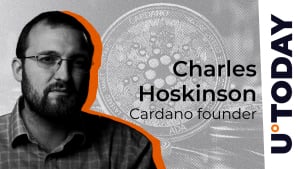In a recent blog post, Ethereum co-founder Vitalik Buterin outlined some of the key objectives of “The Scourge,” a key component of the roadmap for the second largest blockchain.
This development track is primarily focused on maintaining decentralization and is scheduled after 'The Scourge'. It is a rollup-centric track with a focus on scalability, which is supposed to achieve 100,000 transactions per second (TPS) with the help of a layer 2 network. .
According to Buterin, the main goals of “The Scourge” include minimizing the centralization risks associated with the network's staking layer and minimizing value extraction from users. .
The main bottleneck for centralization in staking was the centralization of block construction. As Buterin pointed out, just two actors select the content of virtually every Ethereum block. These could potentially delay the start of trading and lead to market manipulation.
Buterin also called for caution in revising the economics of staking. If almost all ETH tokens are staked (instead of about 30% as of today), this will lead to a variety of things including less reliability of the slash mechanism, weakening of ETH as a major currency due to dominance of liquid staking tokens, etc. (LST) and overissuance. This can be fixed by implementing stake capping, or a two-tier staking system with slashable and non-slashable staking.
In addition, Buterin mentioned several application layer solutions that can be used to reduce centralization risks. These include specialized staking hardware that greatly simplifies the operational process of staking nodes, squad staking, airdrops, decentralized block building marketplaces, and more.


